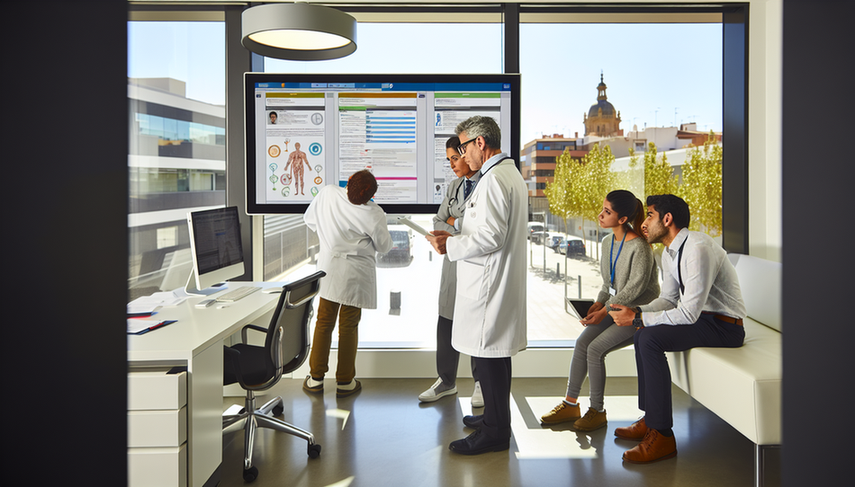Clinical Report Automation: Custom Templates for Enhanced Process Improvement and Clinical Outcomes

Clinical **report automation** has become an essential tool for enhancing efficiency and accuracy in medical practice. With advancements in technology, **custom templates** enable healthcare professionals to optimize their processes, reducing the time spent on administrative tasks and improving **clinical outcomes**. This approach not only facilitates information management but also ensures that critical data is presented clearly and concisely.
Diving Deeper into Clinical Report Automation
The implementation of **custom templates** in clinical report automation offers multiple benefits. These templates can be tailored to meet the specific needs of different medical specialties, ensuring that relevant information is captured efficiently. An example of automation application in the medical field is the use of machine learning-based automated retinal imaging analysis software for diabetic eye screening. This type of technology not only enhances diagnostic accuracy but also optimizes clinical workflow, as described in a study on the development of a product profile for machine learning-based automated retinal imaging analysis software in England [here].
Moreover, automation can be integrated into complex medical procedures, such as the use of compact arterial monitoring devices in resuscitative endovascular balloon occlusion of the aorta (REBOA). This approach not only improves patient safety but also provides accurate, real-time data, which is crucial in trauma situations [here].
Conclusions
**Report automation** through **custom templates** represents a significant advancement in improving **clinical processes** and **outcomes**. By reducing administrative burdens and increasing data accuracy, healthcare professionals can dedicate more time to direct patient care. The integration of advanced technologies, such as **machine learning**, into daily clinical practice is a step towards a more efficient and patient-centered future. Evidence suggests that these innovations are not only viable but also necessary to address current challenges in healthcare.
Referencias
- [1] Target Product Profile for a Machine Learning-Automated Retinal Imaging Analysis Software for Use in English Diabetic Eye Screening: Protocol for a Mixed Methods Study.
- [2] Compact Arterial Monitoring Device Use in Resuscitative Endovascular Balloon Occlusion of the Aorta (REBOA): A Simple Validation Study in Swine.
Created 23/1/2025
